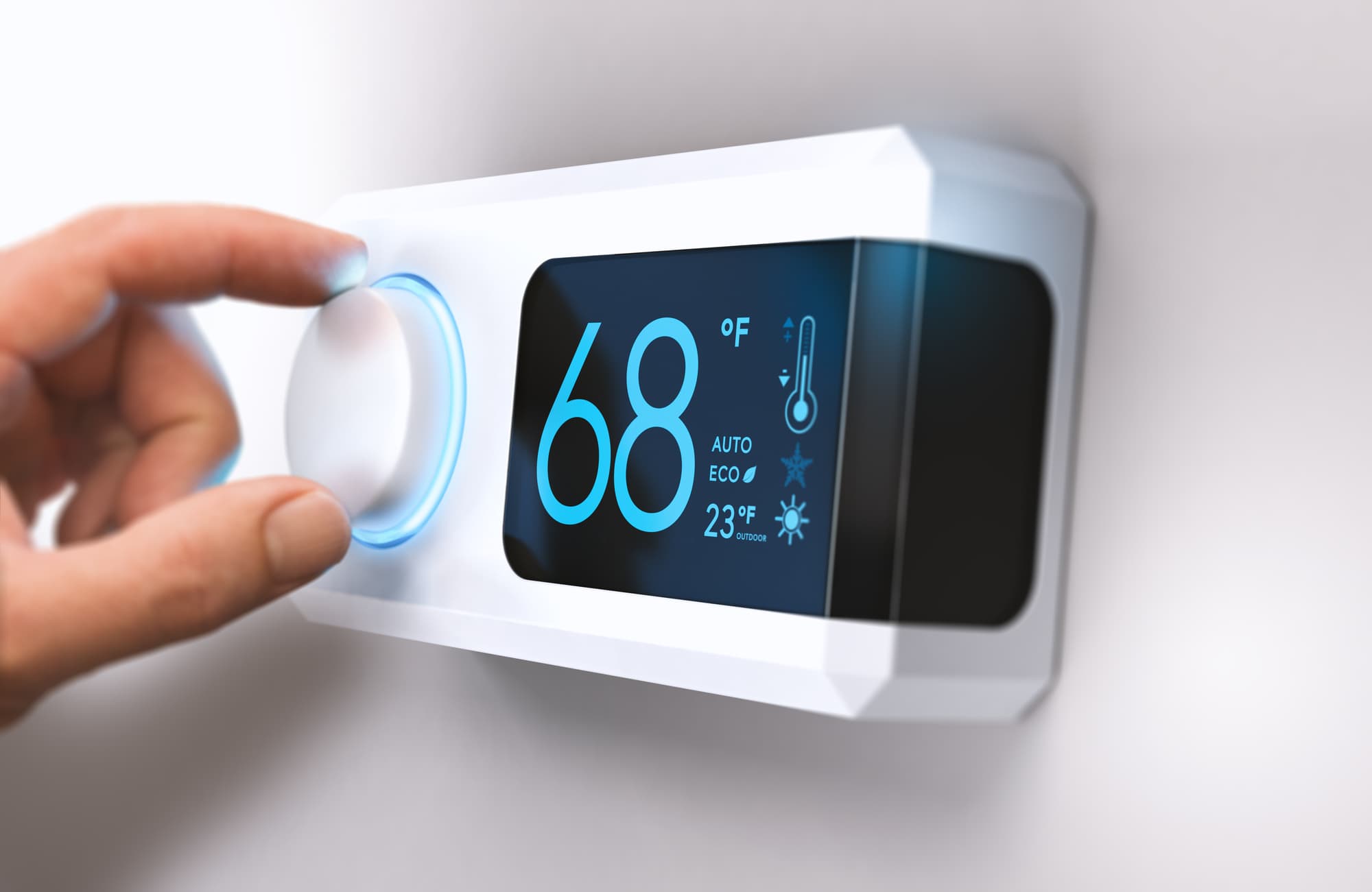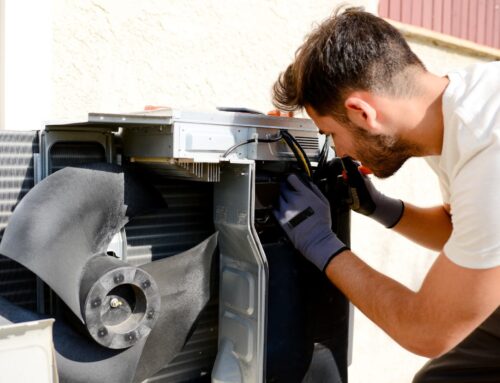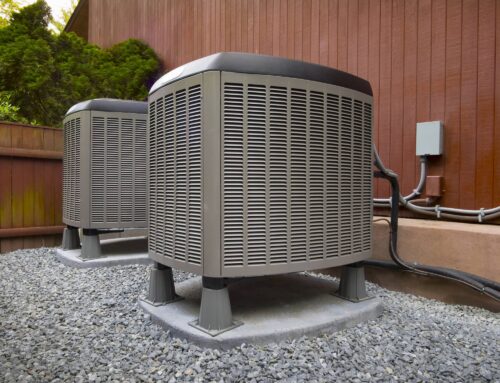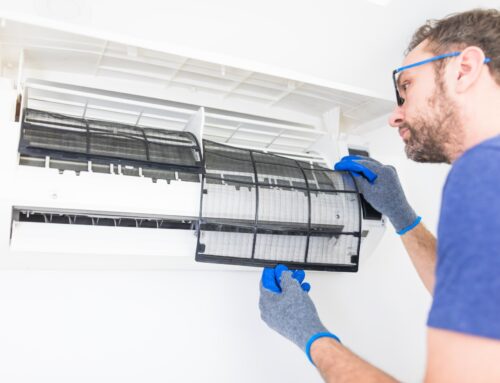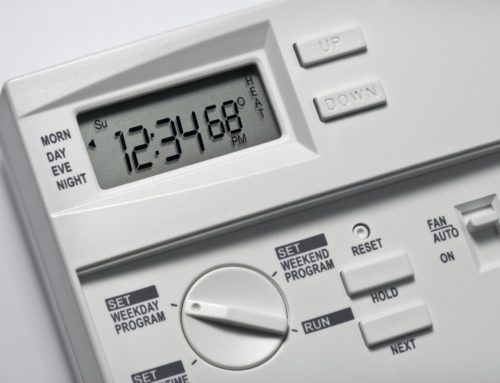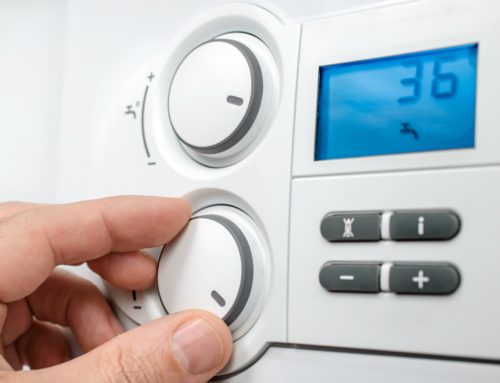A working thermostat is essential to your wellbeing. This is because the temperature can greatly affect our health and mood.
There are studies suggesting that higher temperatures increase aggressive behavior. The higher the temperature, the greater our heart rate and discomfort. This encourages negative mood states that are hard to shake.
Conversely, cold temperatures can negatively impact your health. Cold weather can cause sedentary behavior, dry skin, and mucous membranes, and even increase your chance of a heart attack.
If you’re experiencing thermostat issues, check out the 5 common causes below.
1. Power Struggles
Power supply issues can cause a myriad of problems with a thermostat. First, replace the batteries with new lithium ones. Alkaline batteries are less reliable.
If replacing the battery doesn’t work, the power issue could be in the wiring. Check the wiring, especially around switches, for loose or damaged sections. High voltage wires can be dangerous for DIY homeowners, so you may want to consult a professional.
Additionally, a circuit breaker or fuse in your home’s electrical panel may need to be replaced.
2. The Heat Anticipator
The heat anticipator is an electrical device inside a thermostat that controls with the furnace is turned off. It turns off the furnace just before the room reaches the set temperature, anticipating the flywheel effect.
If your thermostat cycles on and off too much, or if your rooms never reach the set temperature, you may need to adjust your heat anticipator.
You’ll have to open the thermostat cover and move the adjustment lever. If your furnace is cycling, move it closer to the “longer” setting by one calibration mark. If it’s not reaching the desired temperature, move it away from “longer” by one mark.
Continue using the thermostat to see if the adjustments made a difference in its performance. If not, you can adjust again.
3. Location Problems
Sometimes the location of a thermostat can lead to faulty readings. Make sure the thermostat is not located in direct sunlight or too close to any other heat source.
Also, make sure the thermostat is in a central location. If it isn’t to could be unequally distributing hot or cold air throughout the house.
4. Dust and Grime
Over time, dust and grime build up on appliances. This can interfere with your thermostat. Try removing the thermostat cover and using a soft brush to clear out and dirt.
Don’t forget to check wires, switches, and fuses for debris as well.
5. Replacement Needed
Unfortunately, thermostats don’t have an unlimited lifespan. This is especially true for older, mercury models. If you need to replace your thermostat, consider upgrading to a digital model.
More Help on Thermostat Issues
Thermostat issues can affect more than just your comfort — they can affect your physical and mental health. The good news is that you can try to fix these common problems yourself before you need to contact an HVAC professional.
If DIY doesn’t work for you, don’t hesitate to contact us with your questions and concerns.

